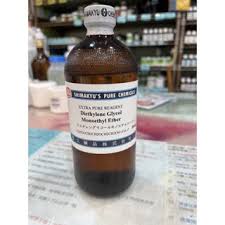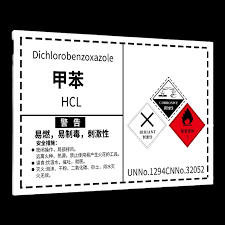is sodium bisulfite gluten free
When it comes to maintaining a gluten-free diet.it’s essential to understand the various ingredients and additives that may be present in the foods we consume. One such compound that often raises questions is sodium bisulfite. In this comprehensive guide.we’ll explore the nature of sodium bisulfite, its properties.and its implications for individuals with coeliac disease or gluten sensitivity.
- Food manufacturers use sodium bisulfite as a preservative to prevent discolouration and inhibit microbial growth.
- The chemical composition of bisulfite de sodium does not contain any gluten. making it generally suitable for those following a gluten-free diet.
- However, cross-contamination during manufacturing or processing may introduce gluten, so it’s crucial to always check the product label.
- Individuals with coeliac disease or gluten sensitivity should consult their healthcare provider for personalised guidance on safely incorporating sodium bisulfite-containing products into their diet.
- Staying informed and being proactive about reading ingredient lists can help ensure a safe and satisfying gluten-free lifestyle.
Understanding Sodium Bisulfite and Its Properties
Sodium bisulfite, also known as sodium hydrogen sulfite, is an inorganic compound that has a wide range of applications. Industries use this versatile substance primarily as a reducing agent. dechlorinating agent, and a sulfur dioxide precursor. Let’s explore the chemical composition, common uses, and safety classifications of this remarkable compound.
Chemical Composition and Structure
Sodium bisulfite is a crystalline solid with the chemical formula NaHSO3. It is formed by the reaction of sodium hydroxide and sulfur dioxide. The compound consists of a sodium cation (Na+) and a hydrogen sulfite anion (HSO3-), making it a salt of sulfurous acid.
Common Uses as a Food Preservative
One of the primary applications of bisulfite de sodium is as a food preservative. The food industry widely uses sodium bisulfite to inhibit the growth of microorganisms. It also prevents discolouration and extends the shelf life of various food products.NaHSO₃ is particularly effective in preserving fruits, vegetables, seafood, and baked goods.
Safety Classifications and Regulations
Sodium bisulfite is generally considered safe for human consumption when used in accordance with established regulations. However, some individuals may have a sensitivity or allergy to sulphites, which can cause adverse reactions. As a result, the usage of sodium bisulfite in food products is subject to strict guidelines and labelling requirements to ensure consumer safety.
PropertyDescriptionChemical NameSodium hydrogen sulfiteChemical FormulaNaHSO3AppearanceCrystalline solidMolecular Weight104.06 g/molCAS Number7631-90-5
in Food Products and Gluten Status
When it comes to food products, is a versatile ingredient with a wide range of applications. As a bleaching agent and food additive, it plays a crucial role in preserving the freshness and appearance of various edibles. However, for individuals following a gluten-free diet, the presence of sodium bisulfite in their food can raise concerns about potential gluten contamination.
One of the key considerations is that often used as a processing aid in the production of certain food items, such as dried fruits, wine, and baked goods. This means that while the final product may not contain gluten, the manufacturing process could introduce trace amounts of gluten through cross-contamination. Consequently, it is essential for those with gluten sensitivities to carefully scrutinise the allergen labelling on food products containing NaHSO₃.
Food ProductPotential for Gluten ContaminationDried FruitsModerate to HighWineLowBaked GoodsHigh
To ensure the safety of gluten-free consumers, it is crucial for food manufacturers to be transparent about the presence of sodium bisulfite and any possible gluten contamination in their products. By carefully reading labels and seeking out certified gluten-free options, individuals following a gluten-free diet can make informed decisions and enjoy a wide range of food products without compromising their dietary needs.
Conclusion
We have discussed sodium bisulfite’s versatility as a gluten-free food preservative, its chemical composition, and its common uses. We also reviewed its safety classifications and regulations.
For individuals following a gluten-free lifestyle, the information presented here should provide reassurance that sodium bisulfite can be safely consumed without concerns about gluten contamination. Informed dietary choices are crucial, and understanding the safety of food additives like sodium bisulfite is an important part of maintaining a healthy, balanced diet.
By staying informed and making mindful decisions about the foods we consume, we can navigate the gluten-free landscape with confidence and continue to enjoy a wide range of culinary options. The key is to approach our dietary choices with a balanced perspective, considering both the benefits and potential limitations of food additives.

Contact us:https://www.yuhanchemi.com/contact






